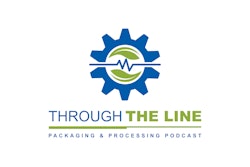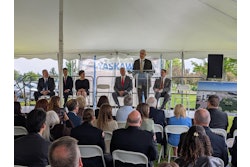The following transcript was produced by AI and not carefully edited.
Matt Reynolds: Now, earlier on about five minutes ago, I mentioned that, uh, that pe you mentioned that people are automating, but we heard from Whisker and Coca-Cola and various others that felt like the end of line was a, was a good spot for that to be happening. Yeah. Um, but it's, you know, it's everywhere. So maybe you can identify a little bit more specifically where on a package line packaging, primary packaging, secondary packaging, end of line, maybe off in the warehouse somewhere. Uh, where, where do you feel, uh, most of the brand owners and CPGs that responded are devoting their resources towards automation?
Sean Riley: Um, when it came, I mean, it was interesting when it, when it came specifically to, to speaking about automation. Um, like you said, I wasn't surprised that respondents named secondary or end of line, you know, cartoning case, tray packing, case directing and sealing labeling. Um, palletizing depalletizing, they, they're the leading areas where they plan, uh, robotics and, you know, these are the more labor intensive spots. And we, we've kind of beat the labor issue to death. Um, but to, to call out a quote from, um, Rick Rice of Crest Foods. He was one of the CPGs that we sort of bounced the survey off of. Um, let me quote him correctly. When we had a large labor pool, it was easy to throw people at end of line palletizing, for example. But the smaller workforce means we have to keep the skilled folks on the primary packaging end of the line.
So that supports that. But then after looking at the numbers, it also became apparent that that automation investment is probably projected, at least off of our survey, to be lower in primary packaging. Because for a lot of CPGs, that was the first thing that they put automation in, um, the most speed and precision that was necessary. So the results indicate that, that they already have it in place or some already have it in place. And that's obviously the case with the big CPGs. Um, they've already kind of automated the complex part first. So the next logical thing would be to move down the line.
Matt Reynolds: Yeah, that's tends to be what happens. The bottleneck, um, tends to be at the ver 'cause the highest speeds, the unit speeds are happening. The fastest speeds are happening in primary packaging. Uh, once you start aggregating things and putting 12 toothbrushes mm-hmm

























